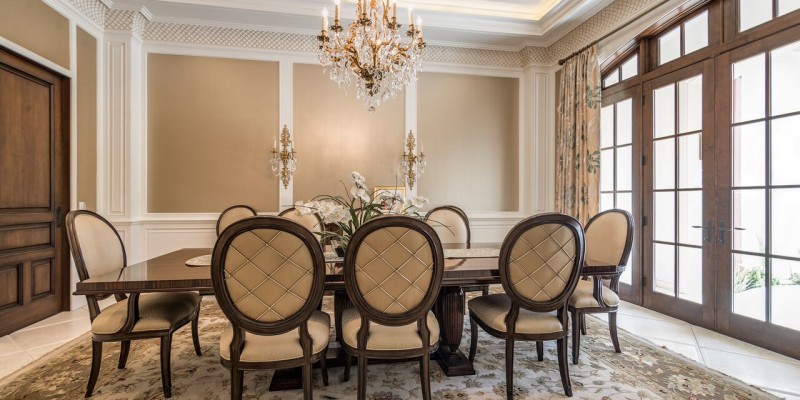Did you ever notice that paint fades over time? It is usually not something that anyone would pay attention to on a daily basis, unless you were taking a picture off the wall and revealed the brighter paint underneath. Or if you had something resting up against the outside of your house for a while and then moved it.
Paint in a room will typically fade uniformly over time and no one will be the wiser because there is nothing to compare it to. But, if you accidently damage a wall and need to do some touch up work, there might be a noticeable difference in the fresh paint versus what was on the walls, and this could be even more noticeable with older paint.
Why does this happen? Well, the easiest explanation is that the sunlight causes the pigments in the paint to lose their ability to maintain the color.
Without getting too scientific, here’s the basics of what happens:
• Chromophores are the part of the pigment molecule that causes its specific color to be seen.
• Sunlight attacks the chromophores causing a change to their structure and making the pigment lose its color.
• Some pigments react with chemicals in the environment (oxygen, nitric acid, ozone) to cause fading.
Yellow, orange, and red are the paint colors most susceptible to fading.
This is just one reason why paint manufacturers make different types of paint (and colors!) for exterior use. The exterior paints are typically higher quality than interior and contain special chemicals to resist sunlight-induced fading.
Adding too much tint (color) to the paint (coating) will also make the paint more likely to fade. Choose a color that the manufacturer created; don’t mess with darkening up a color you like when painting outside.
There are many types of paint finish designed for different areas of the home. Be sure to choose the right finish for the area you’re painting to minimize fading. For example, do not use a matte finish in your bathroom, as the humidity can cause the paint to fade at a more rapid pace.
Be sure to prepare the surface of the walls before applying paint. Use two coats of paint and allow the first to dry completely before applying the second coat to maintain vibrancy.
Taking these preventative measures will help extend the bright color life of your paint.

